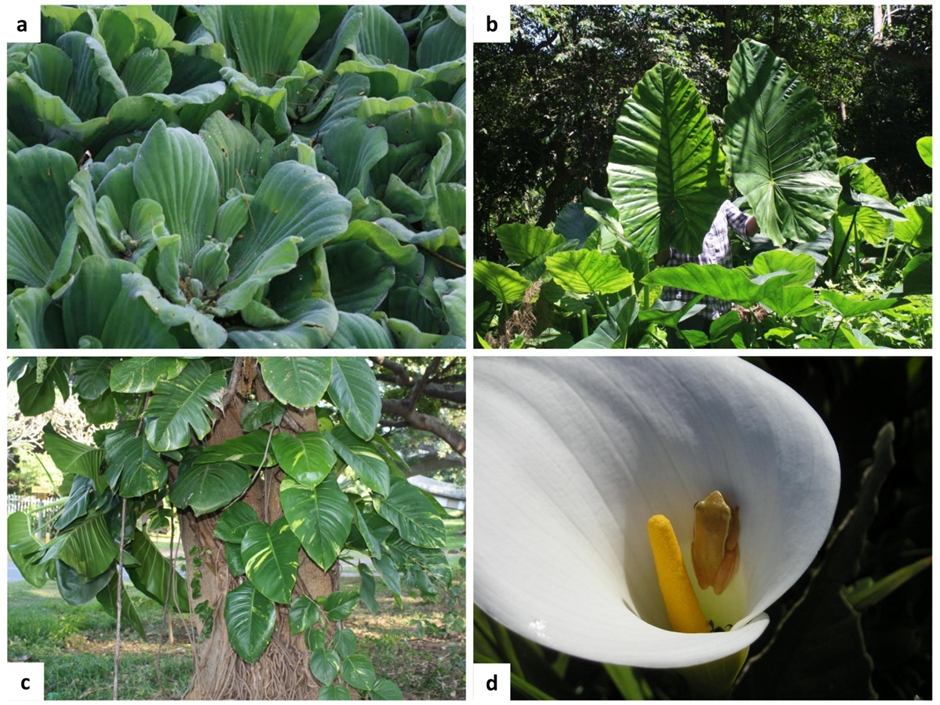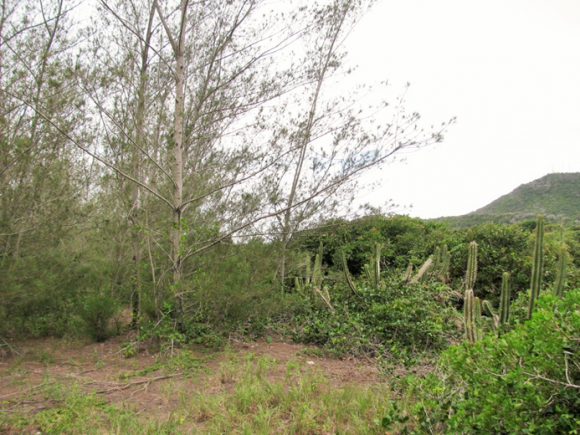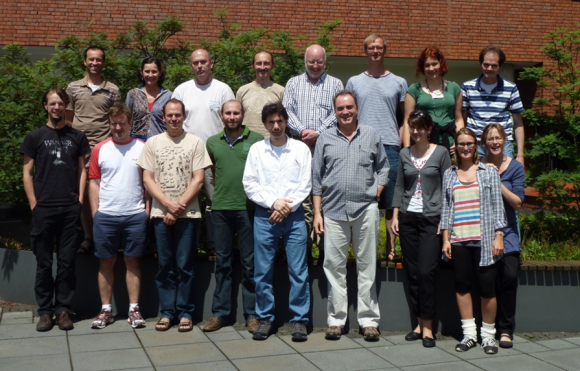4 May 2016 | By Desika Moodley
A recent study recommends that invasion biologists should have a closer look at the traits of whole plant groups, when screening for invasive plants.
Identifying why some species become invasive while others do not is one of the most important but challenging questions in invasion ecology. There are several generalizations in invasion biology, but often the factors determining the invasiveness (the potential of a species to become invasive) of a species vary from group to group.
In their study, Desika Moodley (former C·I·B/SANBI MSc student, currently a SANBI PhD student), John Wilson (C·I·B core team member) and Şerban Procheş (University of KwaZulu-Natal), explored the variation for one of the largest plant families in the world and among the most popular with horticulturalists, the aroids (Araceae).
Moodley and colleagues found that aroids conform to some of the generalizations similar in other plant families (i.e. large native ranges and high propagule pressure drive invasion success). For example, aroids species that have large native ranges are more likely to be introduced, and species that are introduced to more regions are more likely to become invasive.
However, unlike many other groups, there was little evidence of a link between invasiveness and regeneration mechanisms (i.e. seed, vegetative reproduction or both). What is unique to the aroid family was the effect of the plant’s life form and its pollination syndrome. Moodley and colleagues also found some traits that are important across all invasion stages, while others are only important at specific stages.
“We identified nine groups that have a greater tendency to invasiveness (including Alocasia, the Lemnoideae and Epipremnum),” says Desika Moodley, lead investigator of the study. She adds “We recommend that a precautionary approach should be taken for the proposed list of approximately 264 species that are currently not invasive. Since the mechanisms associated with invasiveness differ between groups and across the stages of invasion, it is essential to include group stage-specific analyses when screening for high-risk species.”
Full paper by Moodley et al.
For more information, contact Desika Moodley at desikamoodley29@gmail.com




